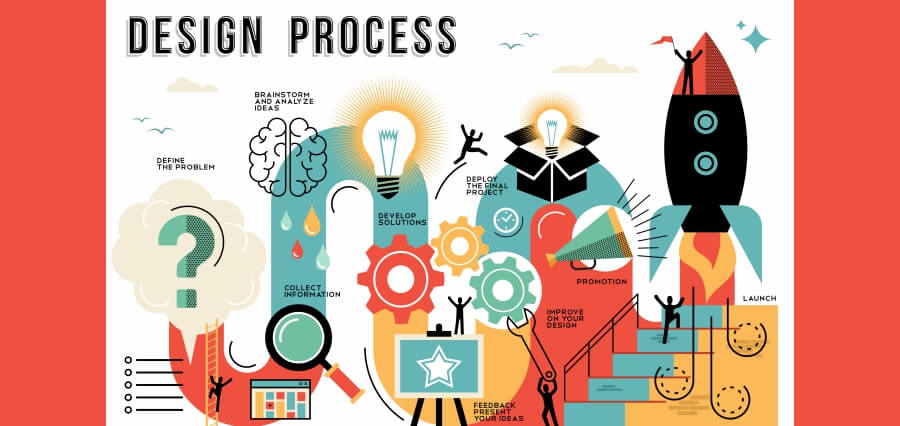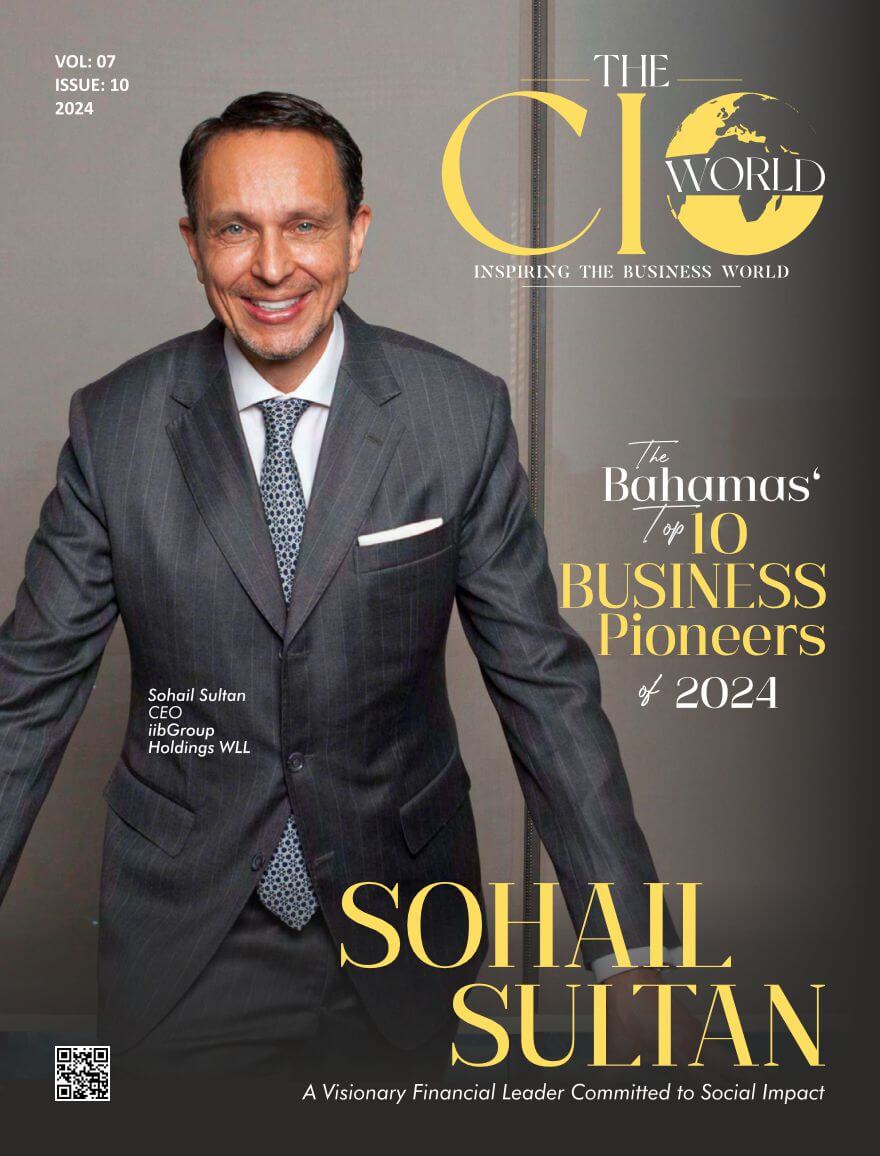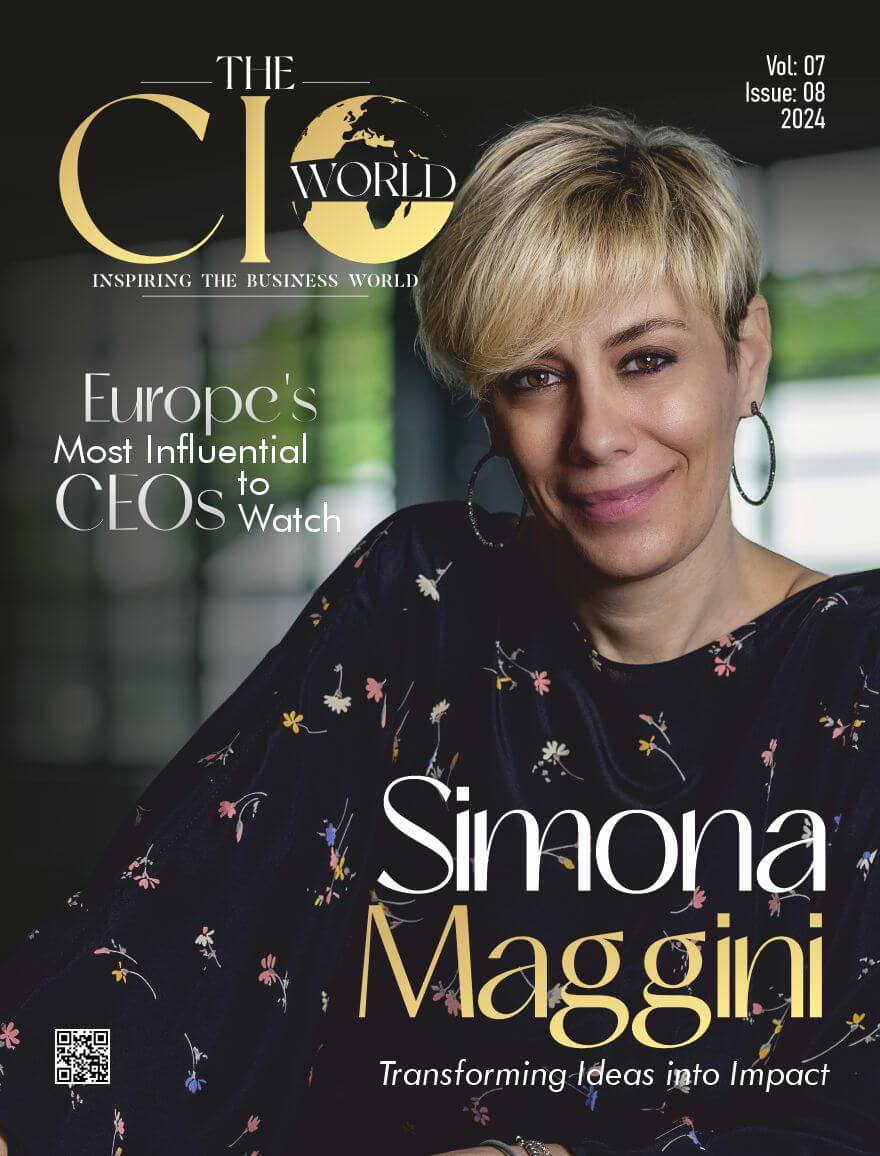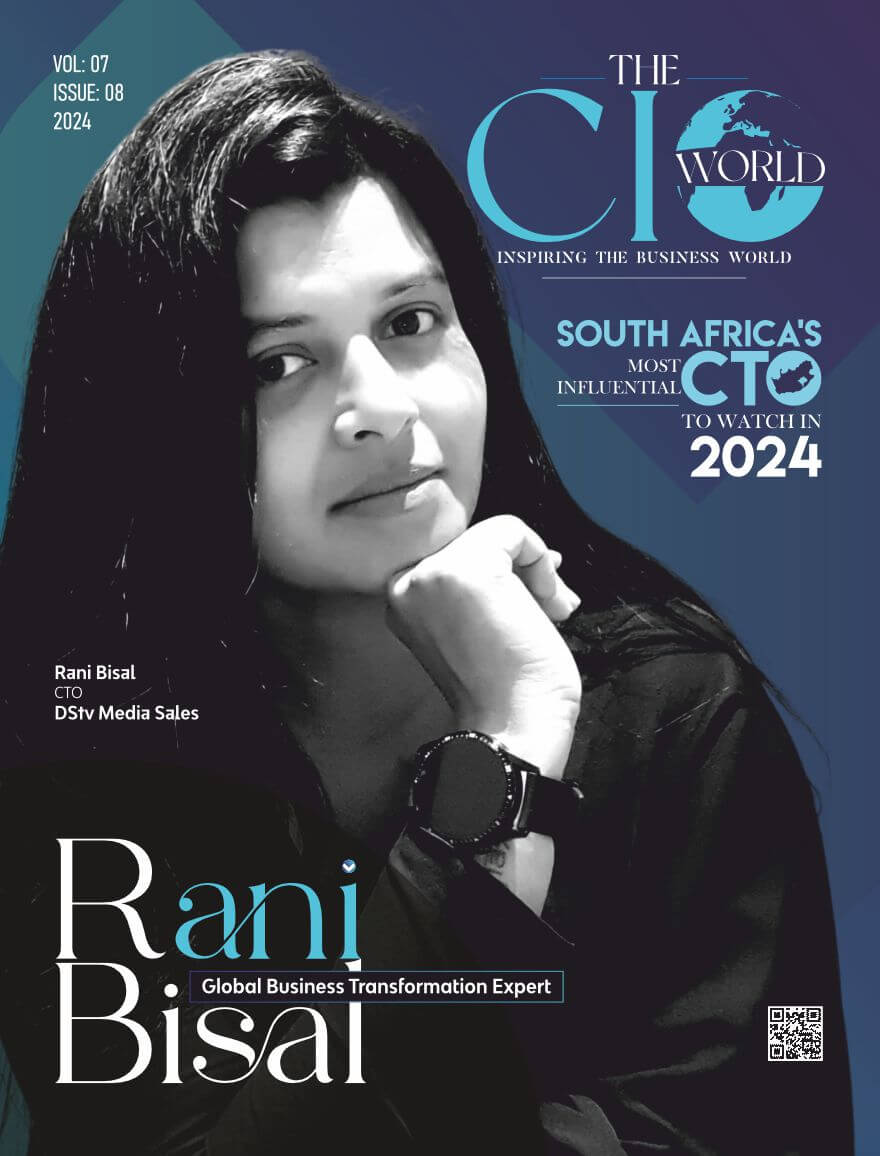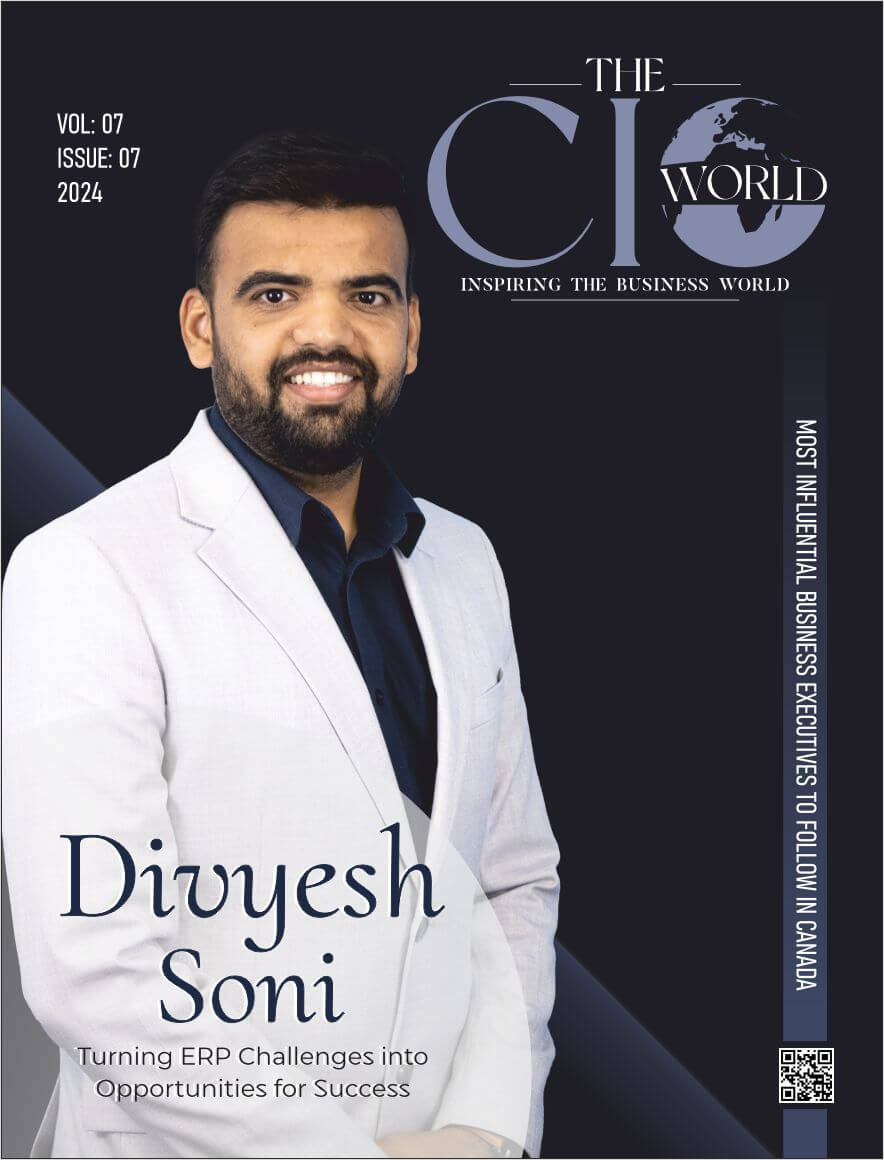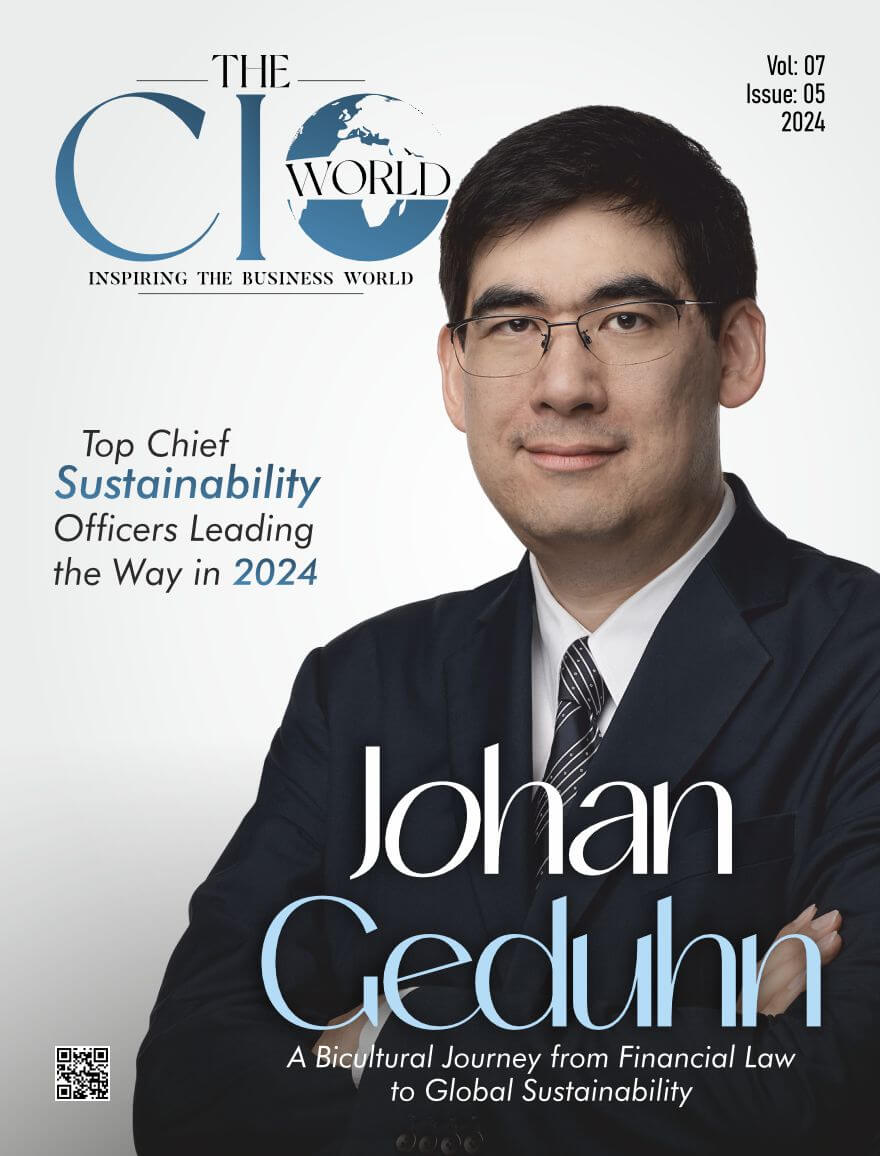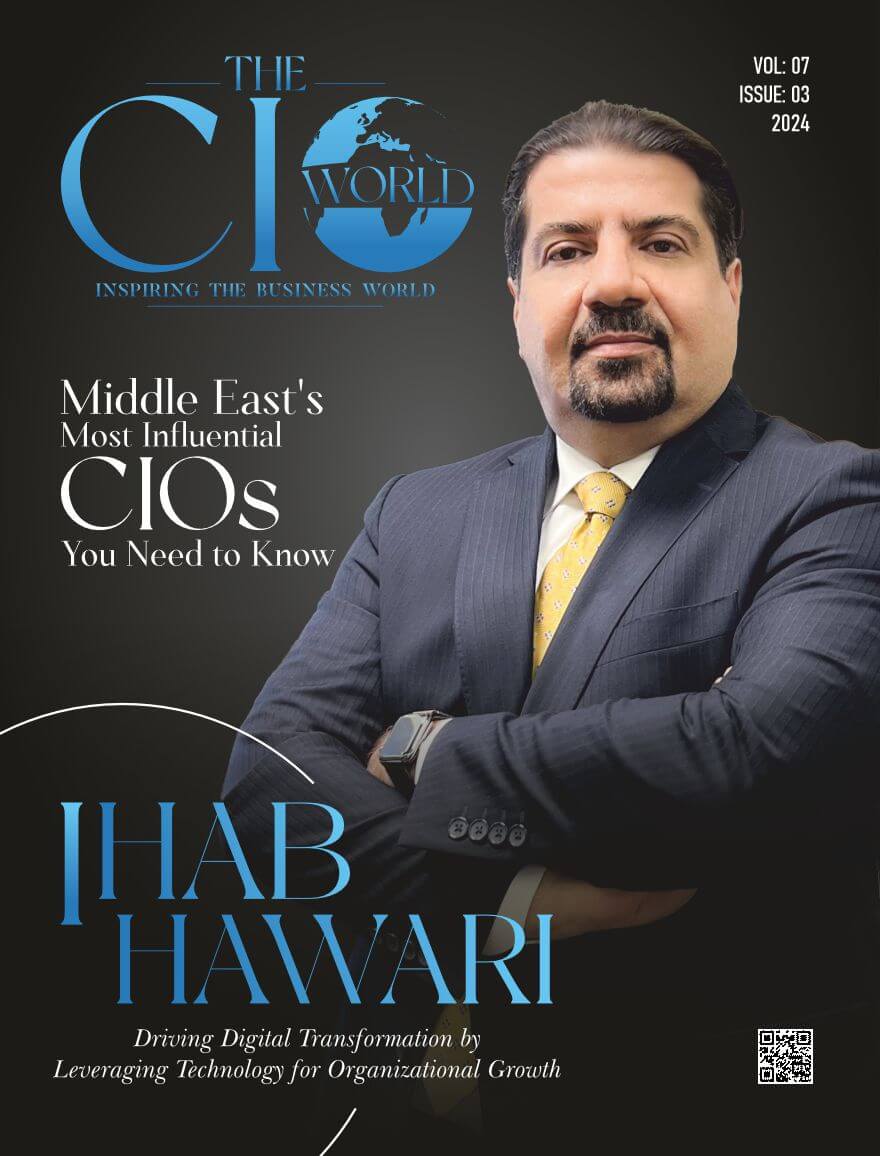Maximizing Team Creativity!
Ever thought about what sparks the most innovative ideas? Is it one person working alone or a team working together? In the world of design, where creativity is super important, the answer usually involves working together as a team.
This article looks into how using the creativity of a whole team can come up with amazing solutions that go beyond what we thought was possible.
The Evolution of Design:
Design used to be something people did alone, but now it’s more of a team effort. This change shows how things have moved from the old ways to the new. At first, designers usually worked alone, depending only on their own smarts. But as things got more complicated, we realized we needed different points of view and skills. That’s when collaborative design processes came about – a way of working together and considering everyone’s ideas for a more complete and open approach.
The Collaborative Advantage:
The synergy created through collaborative design processes offers a multitude of advantages. One of the primary benefits is the amalgamation of diverse skill sets and perspectives. When individuals with varied backgrounds and expertise come together, they bring unique insights that can spark innovation. This diversity ensures a well-rounded exploration of ideas, leading to solutions that address a broader range of considerations
Moreover, collaborative design fosters a culture of open communication and idea exchange. Teams working together often find that the free flow of ideas generates fertile ground for creativity. Unlike isolated design, where ideas may become stagnant, collaboration breathes life into concepts, allowing them to evolve and mature through continuous feedback and refinement.
Breaking Down Silos:
In many organizations, different departments have traditionally operated in silos, limiting the exchange of ideas and collaboration. Collaborative design processes break down these silos, fostering cross-functional collaboration. When designers, engineers, marketers, and other stakeholders collaborate seamlessly, the result is a product or solution that not only meets aesthetic standards but also considers practicality, feasibility, and market appeal.
Tools for Collaboration:
In the digital age, collaboration is facilitated by a myriad of tools and technologies. Virtual whiteboards, project management software, and communication platforms have become essential components of collaborative design. These tools enable real-time collaboration, allowing team members to contribute from different locations and time zones. The democratization of information ensures that every team member’s input is valued and considered, regardless of their physical location.
The Creative Spark in Collaboration:
When people work together to solve a design problem, something special happens. The teamwork creates a creative spark, and together, they come up with new and clever ideas. The thoughts bounce around, changing and getting better because everyone is sharing their input. This way of working together, called collaborative design, is special because it goes beyond what one person could think up on their own. It takes creativity to a whole new level by combining everyone’s imagination.
Case Studies: Realizing the Impact
To illustrate the power of collaborative design processes, let’s delve into a couple of case studies that highlight successful outcomes.
- Apple’s Design Studio: Apple’s approach to design has always been rooted in collaboration. The iconic products we see today, from the iPhone to the MacBook, are the result of a multidisciplinary design team working in unison. The seamless integration of hardware and software, the hallmark of Apple’s success, is a testament to the power of collaborative design thinking.
- IDEO’s Human-Centered Design: IDEO, a global design consultancy, is renowned for its human-centered design approach. The firm emphasizes collaboration and empathy in the design process, involving end-users in the ideation and prototyping stages. This collaborative approach ensures that the final product not only meets functional requirements but also resonates with the intended audience.
Challenges of Collaboration:
Collaborative design is great, but it’s not always easy. Dealing with different opinions and making sure everyone understands each other can be difficult. Also, when a bunch of people work together, it needs good planning and a leader who knows how to guide the team. This leader should make sure everyone is on the same page without stopping them from being creative on their own.
Conclusion:
Working together on designs is a big part of coming up with new and creative ideas. It’s like a team effort that helps us think of things we might not have on our own. We use tools like computers and online stuff to make it easier for everyone to work together. When different people with different ideas join forces, something special happens—we break down walls and think of things that seemed impossible before. Even though there are challenges, it’s clear that the future of making new and cool things is all about working together and being creative as a team.

